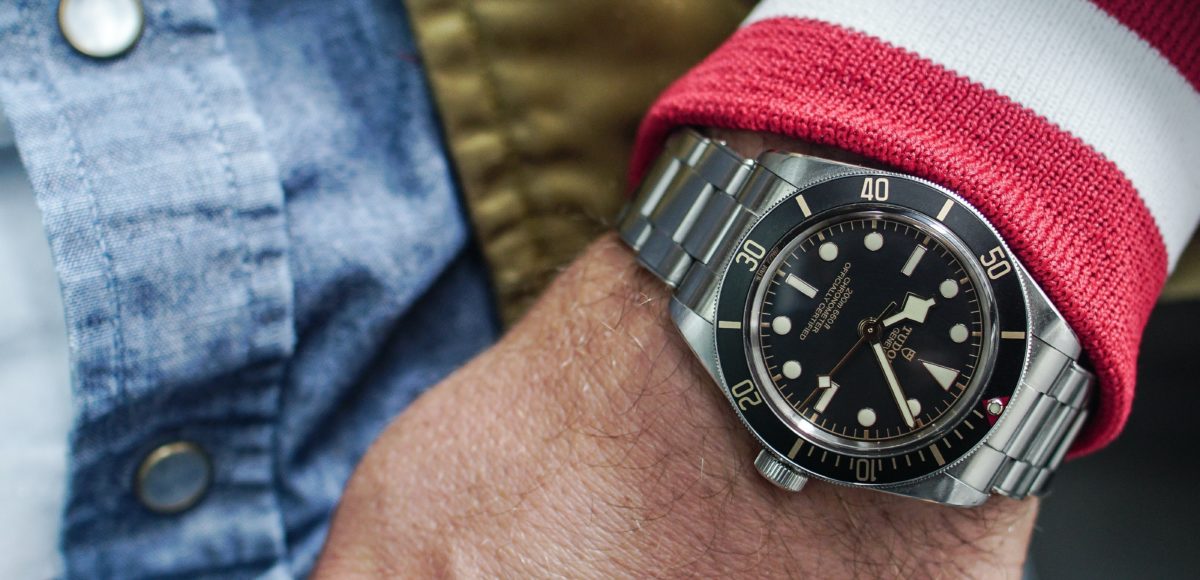The Desk Diver’s Guide To Dive Watches
There’s plenty of air on the surface, pal.
Originally published on HODINKEE, July 3rd, 2019
These days, the number of people wearing dive watches vastly outpaces the number of people actually diving. And while we may lament the generally dry nature of most modern dive watches and extol the fact that diving is really fun (and more of you should try it), the reality is that most dive watches are used only for so-called “desk diving.” With that in mind, we figured it might be helpful to offer a guide to diving for all of you desk divers. So from mega water resistance to helium escape valves and brightly colored dials, you won’t need to be SCUBA certified to know the why and how of your favorite dive watch. Want to go even deeper? Check out Jason Heaton’s debunking of seven common dive watch myths.
Under Pressure
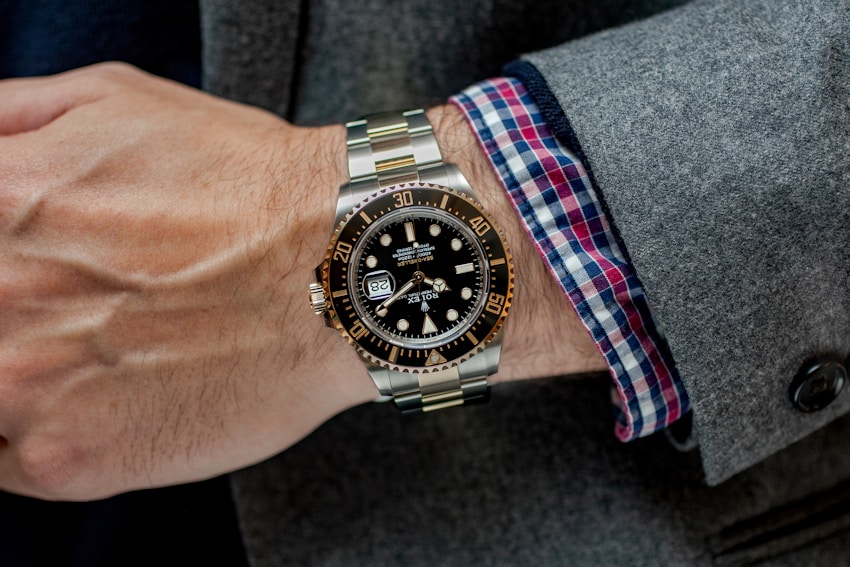
We’ve seen watches with some truly wild water resistance, even capable of surviving a trip to the bottom of the ocean. The truth is, those sort of depths are not required for a dive watch to be sufficient for most diving. The average diver is certified to dive no deeper than 130 ft (40m), with only the most advanced and training intensive types of diving venturing any deeper. So while yes, the 300m/1,000 ft water resistance offered by a watch like the Rolex Submariner might have been challenged by the 322.35m (1,090 ft) achieved by the current world record SCUBA dive, the average 100m to 200m resistance often offered by most dive watches is more than enough for the shower, the pool, and even your Advanced Open Water PADI certification. ISO 6425 compliant dive watches are resistant to at least 100m and have to be tested to 125% of the claimed value. Anything much over 100m is extra and very rarely required by sport diving.
Lighter Than Air Marketing
For the most part, the marketing value is what brings a helium escape valve (HEV) to the case side of your favorite dive watch. The truth is, an HEV is only required for one incredibly specific type of diving, and not only does it not allow a watch to dive deeper, it also has no actual functionality when the watch is underwater. Helium escape valves are only of any functional value to saturation divers. These divers work on deep commercial projects and, to circumvent the issue of decompression at the end of a dive (or a shift, in their scenario) they live and work at the same pressure, often for weeks at a time. Saturation divers live in a special shipboard habitat, pressurized to working depth, and descend to the dive site in a diving bell, which is also pressurized to working depth. This means that decompression can be done in one long stint at the end of the job.
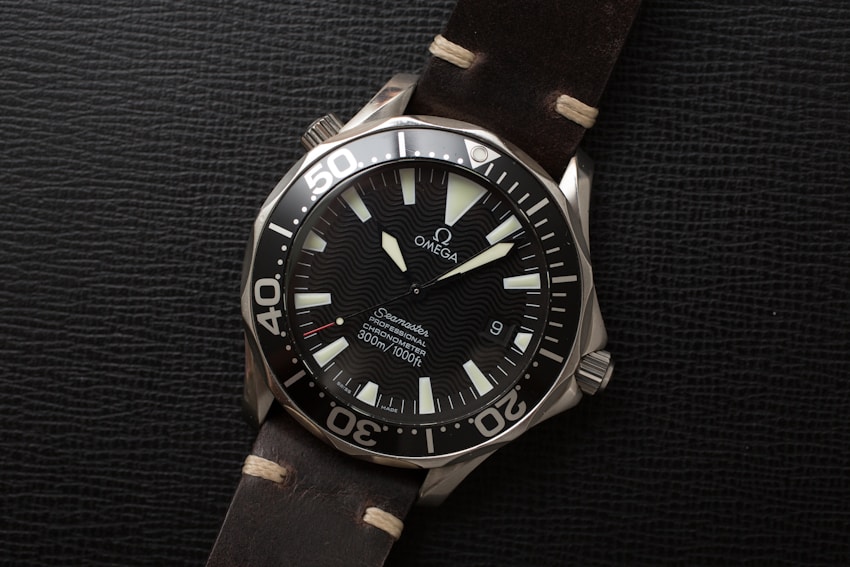
To help mitigate the problematic effects of breathing nitrogen at depth, commercial divers breathe a special mixture of air with a high concentration of helium (which replaces some of the nitrogen we are used to breathing on the surface). Helium atoms are small enough to work their way past the gaskets of a dive watch and into the case. In the early days of saturation diving, helium would infiltrate the case of a watch and then, while decompressing at the end of a long time at pressure, the helium gas would expand, sometimes popping the crystal off the watch as the diver returned to surface pressure levels.
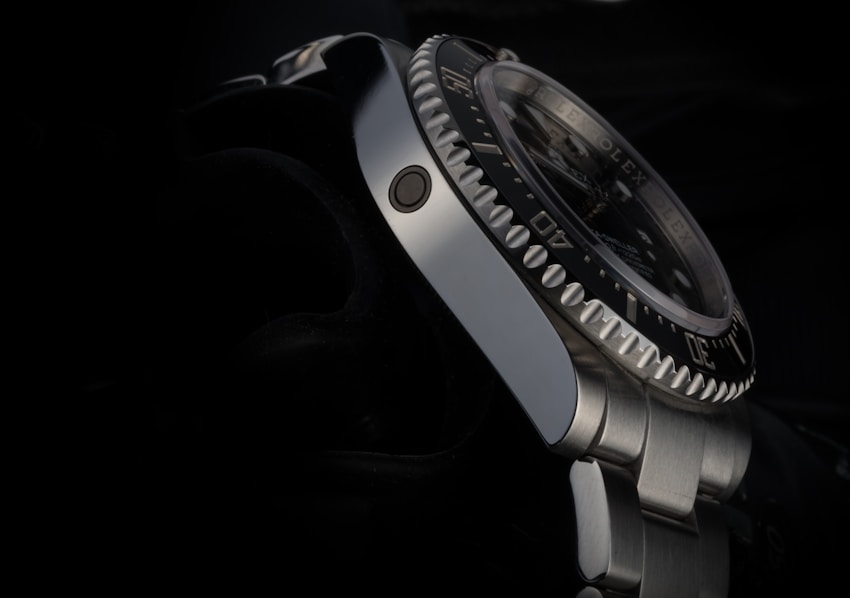
Dive watch brands, most notably Rolex and Doxa, developed a one-way valve that could release the internal pressure from within a watch. These days HEVs come in two main formats: those that have to be manually opened via a crown during decompression (like that of the Omega Seamaster Professional); and those that are automatically operated when there is too much pressure inside the case (like the valve on a Rolex Sea-Dweller). Despite the fact that this functionality is useful for only one select (and very impressive) subspecies of diver, we see it heralded – and generally misunderstood – all over the world of the modern dive watch. Now you know – it’s cool, but you don’t need it.
Fading Functionality

Photo: Christopher Winters
Dive watches come in a rainbow of dial colors, from Doxa’s legendary orange Professional dials to lime green offerings from Audemars Piguet and bright yellows from Seiko. But don’t be fooled into thinking the color makes a lick of difference when you’re underwater. As water absorbs different wavelengths of color at different rates, the deeper you go the less color can be seen without some form of supplemental light. At depth, most dives with only natural light leave you only with blues, dark greens, and greys.
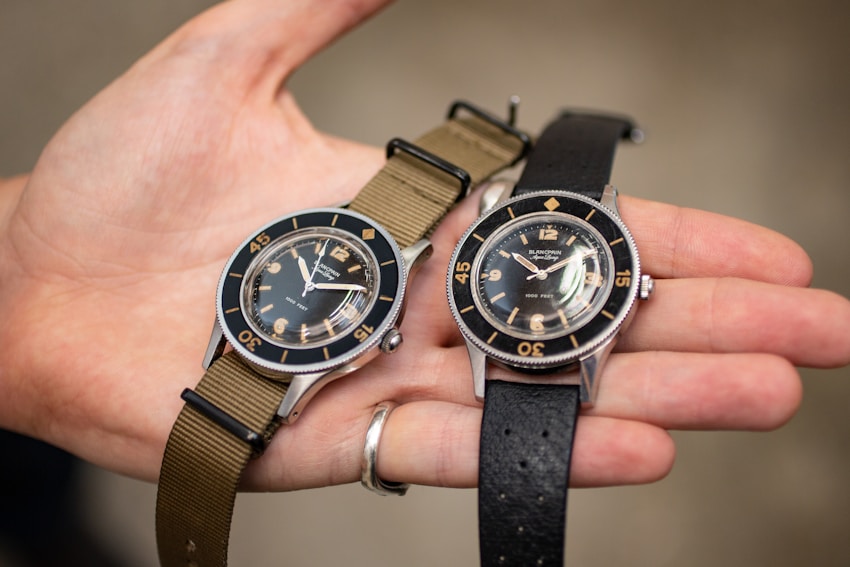
Without factoring for horizontal distance, red is the first color to go, starting around 5 ft and vanishing by 15 ft. That bright orange dial? Sullen and dull at 25 ft of depth. Yellow fades out around 40 ft and green becomes grey by 75 ft. That bright dial color on your favorite summer diver is more for general topside charm and to better match a bright bathing suit and a deep tan. For actual diving, nothing beats a black dial with white hands and markings.
The Candle That Burns The Brightest
Any desk diver worth his or her chops will cite the impressive lasting power of the lume on their watch, but being able to light up a room at 2:00 AM is not really the goal of the lume on your dive watch. Generally speaking, when diving, you have a series of gauges (think: dive computer, air pressure gauge, depth gauge, etc.), all of which should have a photoluminescent treatment. That treatment is not meant to glow brightly for hours on end, but rather to respond to a quick blast from a flashlight.
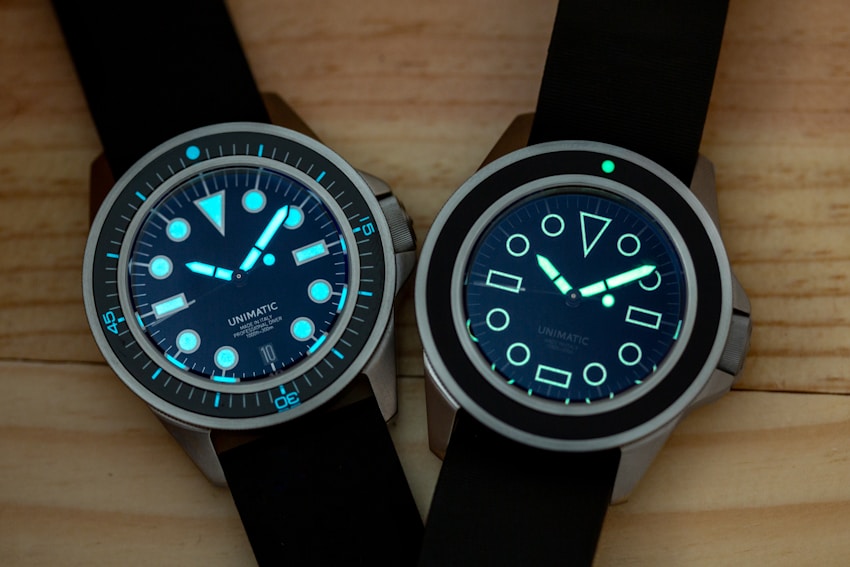
In low-light scenarios, such as wreck diving or night diving, a diver will always have a flashlight. When they need to read a gauge, they charge it with the flashlight. In a scenario where they require a backup from their computer, a dive watch should be super bright for a small period of time shortly after being charged by a flashlight. At the base level, you need a bright and easily distinguishable minute hand and a glowing pip for zero on the bezel (so you can determine how long you’ve been diving), the fact that your SKX781 also works as a nightlight is just icing on the cake.
You Had One Job To Do
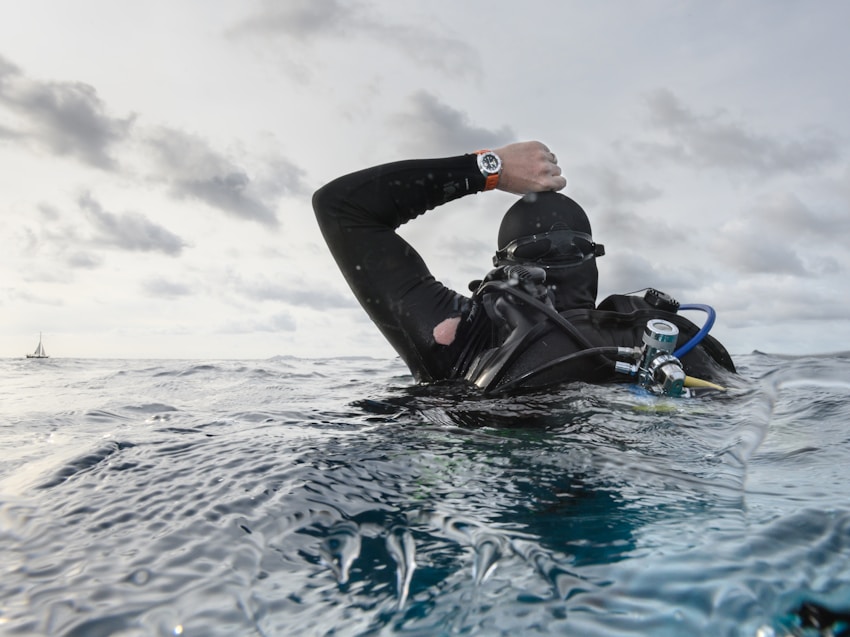
Image credit: Gishani Ratnayake
Yesterday or today, a dive watch has one function, which is to tell you how long you have been underwater – nothing more and hopefully nothing less. Sure, some have added depth gauges and chronographs, but the goal here is to have an accurate measure for how many minutes you’ve been diving. In the past, you would use that information to calculate your decompression by using a special set of Navy-derived tables (underwater math!) to ensure you don’t end up hurt by ascending too quickly at the end of a dive.

A dive computer in action. Image credit: Gishani Ratnayake
Today, a dive watch is nothing more than a failsafe, a backup for a dive computer that actively displays your depth, dive time, and lets you know if your dive activities require a slower or specifically-staged return to the surface. That said, there is a saying in diving “two is one and one is none,” so why not have a backup that also happens to be a rad watch you can wear even when you’re not diving? Dive computers may be the real modern tool dive watch when it comes to SCUBA, but any great dive watch is fun and useful – even if you’re just timing a pizza delivery.
Strapped For A Change
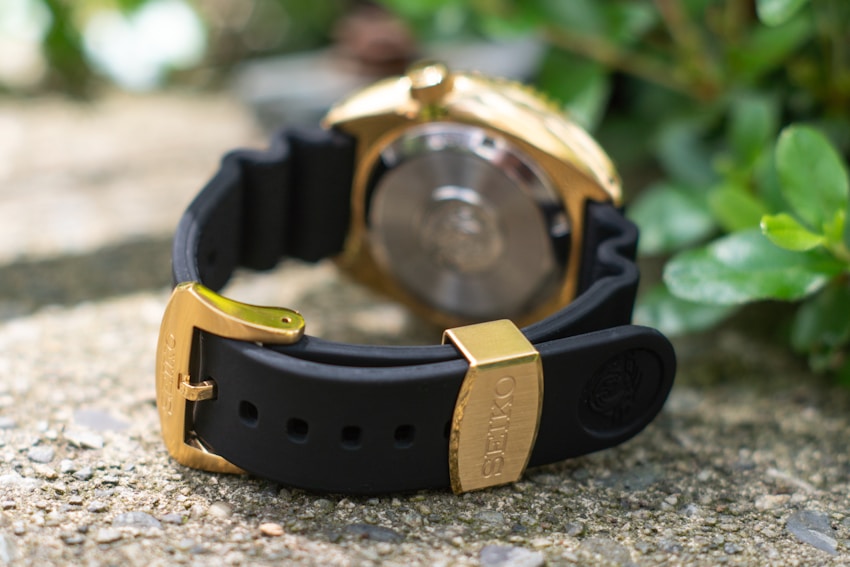
There is a good chance your tough-guy dive watch came with a second strap, often a technical-looking rubber alternative to the steel bracelet. That long wavy rubber dive strap is designed for actual diving (you know, where you don’t take the watch off because you “don’t like the way it rubs against your keyboard”). That wavy shape is designed to keep the watch snug on your wrist as your wetsuit compresses under water pressure at depth.
That extra long strap piece or the extension? That’s to help fit your dive watch over the forearm of a drysuit, a specialized exposure layer that is airtight and dry around the diver’s body. While much more bulky and complicated than a wetsuit, drysuits are roasty-toasty in even the coldest waters.
Time To Get Certified?
So there you have it – from water resistance to helium, dial color, lume, and all manner of toolish intention, this is the why of your favorite dive watches. Diving is an incredible experience and the dive watch has proven to be the one aspect of the sport that has translated as a lasting footnote in style, enthusiasm, and collectibility.
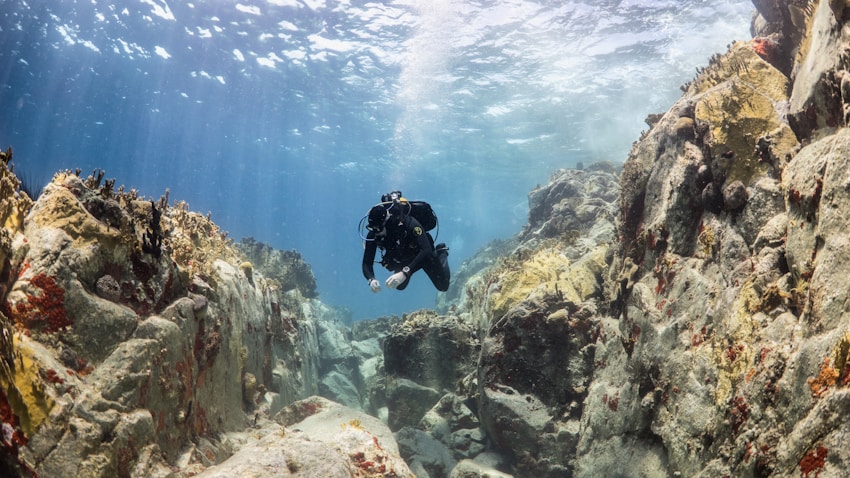
Whether you read this and want to contact your nearest PADI or NAUI instructor, or just look longingly at the tough-as-nails dive watch you have safely resting on your wallet next to your monitor, know that dive watches can do anything, but are really in their element when glowing brightly within the hold of a nearly forgotten wreck on the ocean floor. And hey, no matter how you cut it, that beats your desk any day of the week.
Get More Articles Like This in Your Inbox
We're constantly creating great content like this. So, why not get it delivered directly to your inbox? By subscribing you agree to our Privacy Policy but you can unsubscribe at any time.





